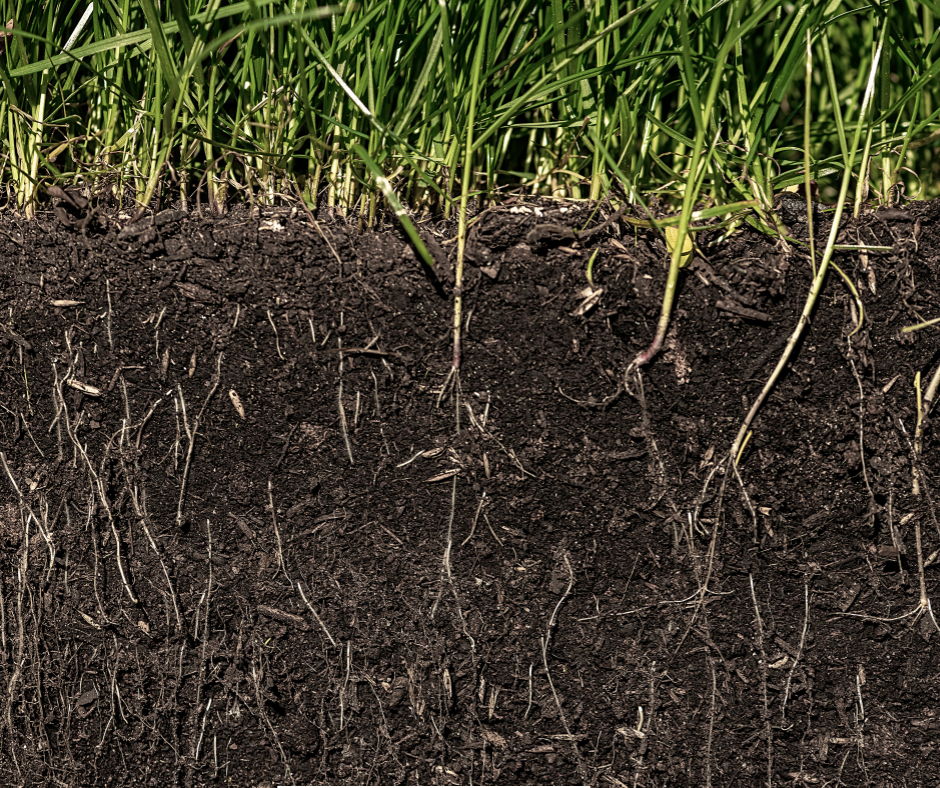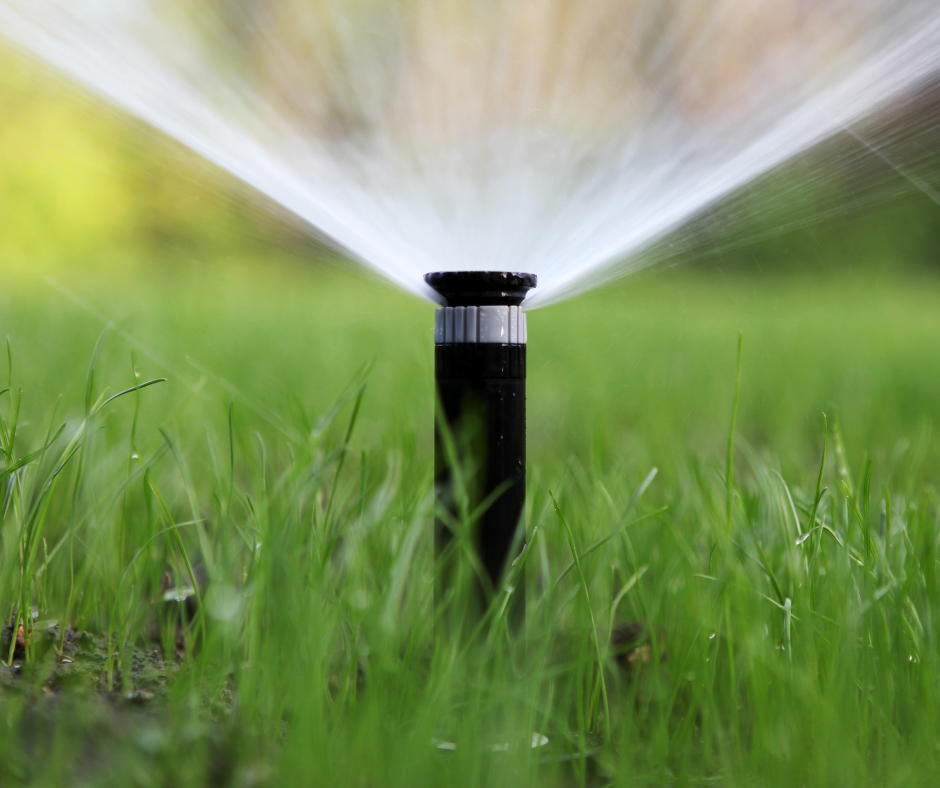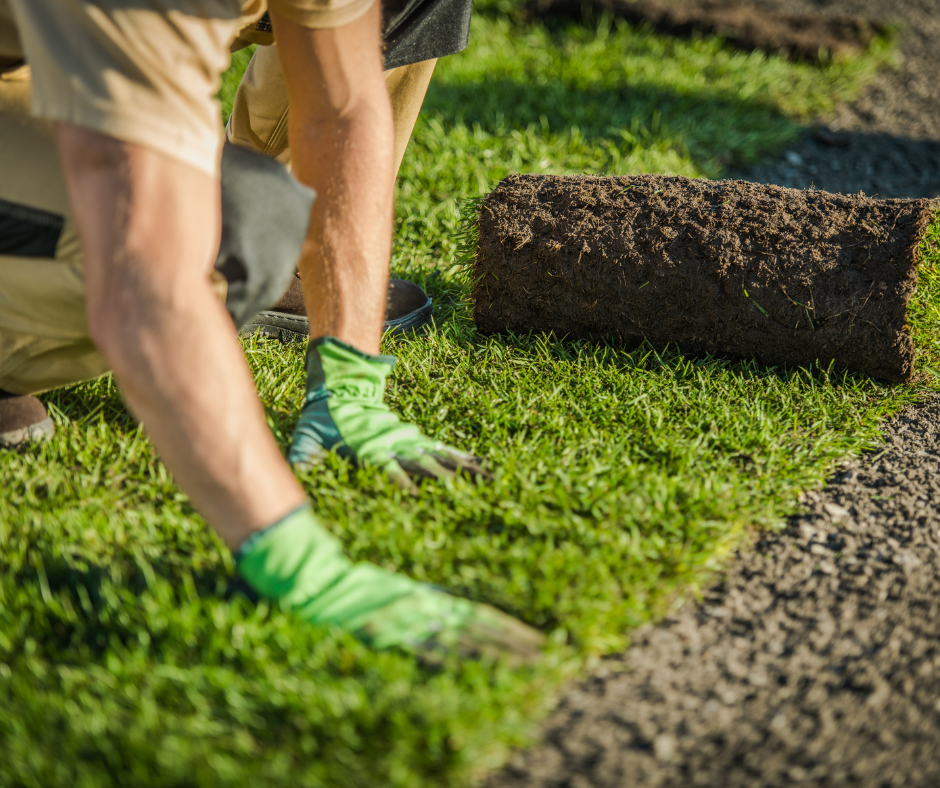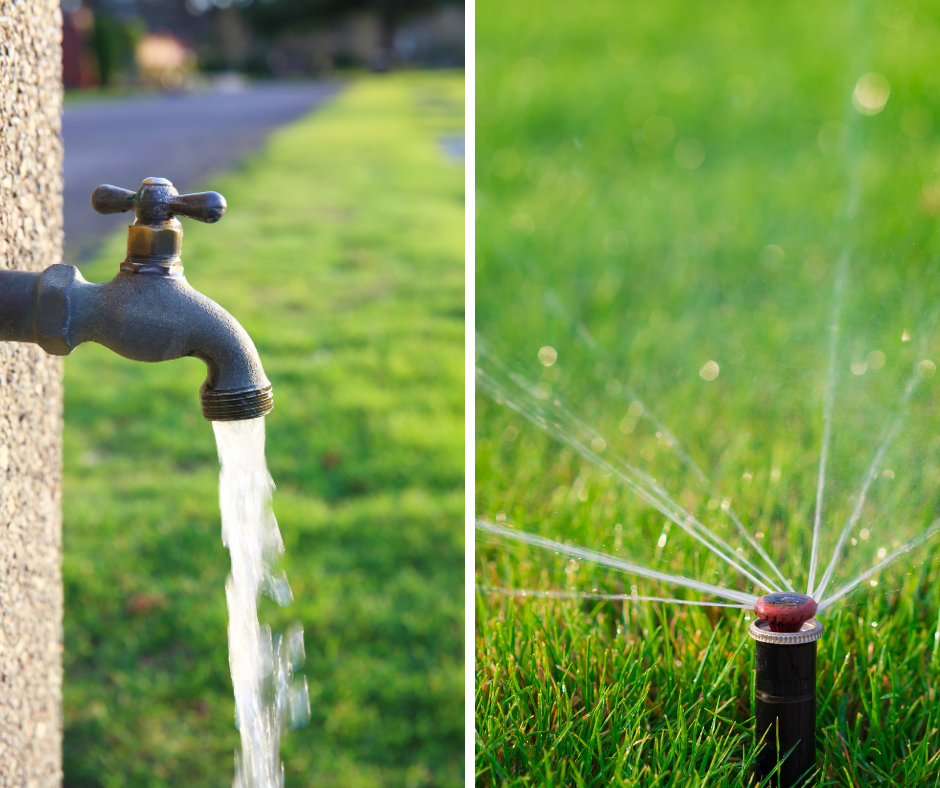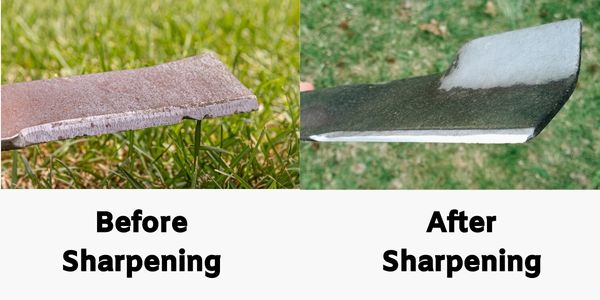Whether you've just moved into a beautiful new Rowland home with a freshly laid lawn, or you've given your existing garden a lush upgrade, one thing's for sure—there’s nothing quite like the vibrant look and soft feel of brand-new turf. But to turn that fresh green canvas into a thick, healthy, and resilient lawn, it needs the right care from day one. In this blog, we’ll guide you through the essential steps to nurture your new lawn and help it thrive from day one.
During the first 10–14 days, your lawn is establishing its root system. This is the most sensitive time and requires careful attention.
1. Outside tap with hosepipe connectors
2. Hose pipe (long enough to be able water the whole lawn)
3. Lawn Sprinkler (Fan style preferable)
4. Walking boards
2. Mowing Your New Lawn
You can usually begin mowing when the grass reaches about 3–4 inches high.
• Use sharp mower blades to avoid tearing the tender grass tips preferably with a rotary mower with a roller (to keep the surface level and to encourage grass tillering) and not a cylinder mower.
• Set the mower high for the first few cuts; remove only the top third of the grass blades. Do not remove more than one third of the grass blade, this will weaken the grass plant, ideally cut frequently at a high setting to encourage thickening of the grass.
• Mow when the grass is dry to reduce clumping and improve cut quality. Remove grass clippings so not to smother young tender growth.
3. Feeding for Growth
Your new lawn will need nutrients to grow strong and healthy.
• Look at fertiliser labels to understand what you are applying. They usually have an N:P:K ratio. N = Nitrogen, P = Phosphorous, K = Potassium. A particularly good fertiliser for young grass has an N:P:K of 6-9-6, a slightly higher percentage of Phosphorus.
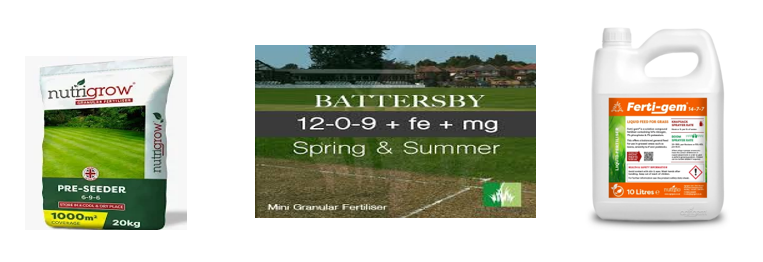
• Use a starter fertiliser with a higher phosphorus content to promote root development, but not phosphorus alone.
• After 4–6 weeks, apply a balanced fertilizer to support ongoing growth. Through the summer months apply a higher percentage of Nitrogen to support green/leafy growth, in both spring and autumn increase the percentage of Phosphorus and Potassium. Adding Iron (Fe) will treat and kill any moss formation during the season (Some fertilisers will state +Fe)
• Always follow product instructions to avoid overfeeding or burning the grass. Liquid fertilisers reduce the capacity of overfeeding or scorching the grass, easily applied through a watering can or small knapsack sprayer.
4. Weed Control: Tread Carefully
• Most weed treatments should only be applied 6–8 weeks after seeding or laying turf.
• Use a selective herbicide (killing all broad-leaved weeds) either by spot treating or full coverage of the lawn.
• Hand-pull any visible weeds in the meantime. Ensure you remove all the root system of the weed to ensure it will not grow back.
• Complete the above maintenance program and you will have a well-managed, densely packed lawn that has the ability to fight off weed infestation.
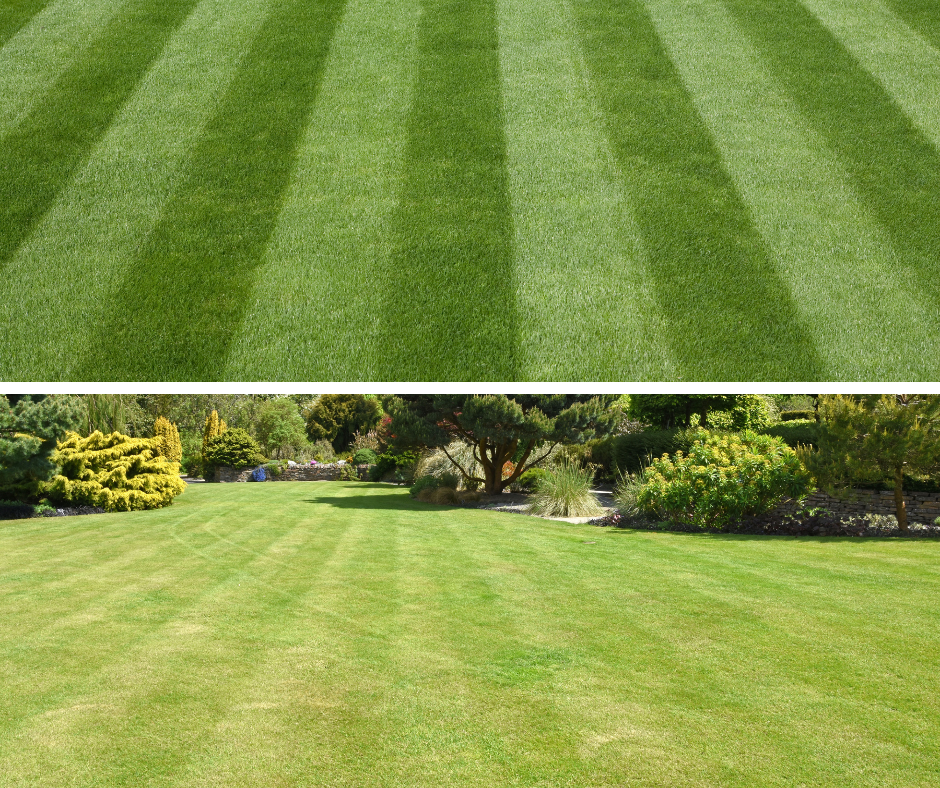
5. Long Term Lawn Health
Once your lawn is established, shift to a routine maintenance schedule:
• Water deeply but less frequently to encourage deep root growth. Water when conditions are dry and remember to water slowly to encourage deep rooting, pay attention to the weather and avoid watering during the heat of the day.
• Aerate annually to reduce soil compaction and improve drainage. Aerating is to put holes into the soil, through the grass to relieve soil compaction and to allow an exchange of air between soil and atmosphere. Improves drainage and assists the roots to go deeper.
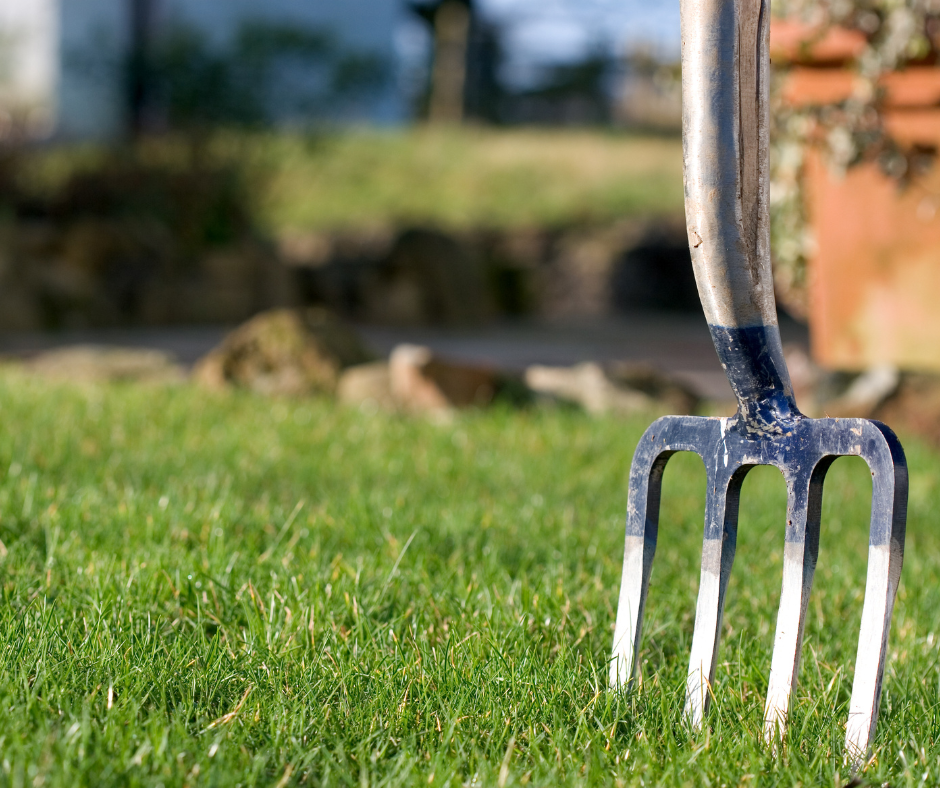
- Reseed thin patches in early autumn or spring. Best time to reseed thin patches is in autumn due to a less likelihood of drought conditions following reseeding. Use a good grass cultivar that compliments the grass already in place. Follow instructions of fertilising from earlier.
Final Thoughts
Taking care of a new lawn requires a bit of patience and consistency, but the results are well worth the effort. With the right balance of water, nutrients and care, your lawn will reward you with lush, green growth that enhances your outdoor space.
